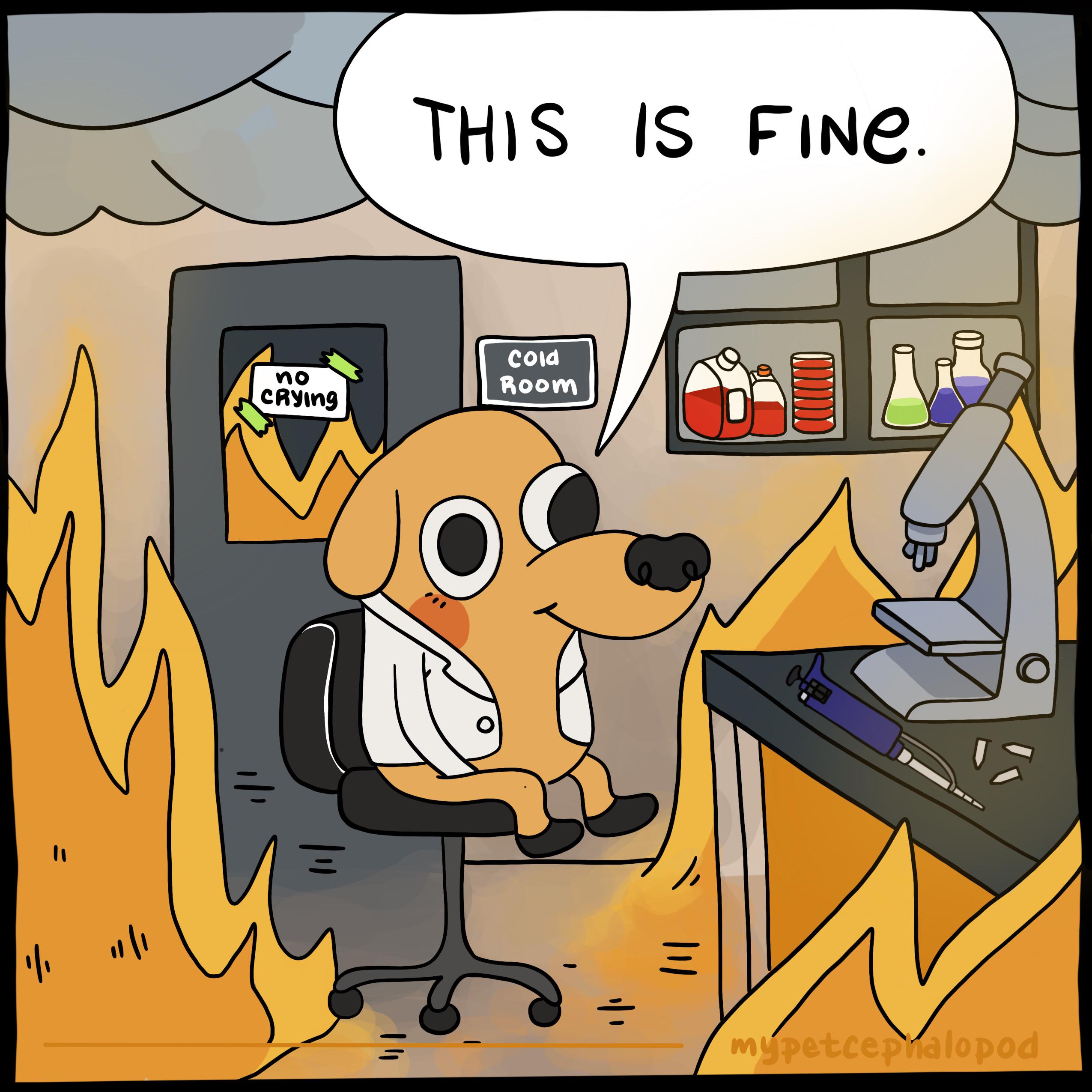Is this another situation like the blobfish, where the photos of it are just what it looks like when the body has been destroyed from the change in pressure but it actually looks underwhelming at the depths it normally lives in?
https://en.m.wikipedia.org/wiki/Rhinochimaera_pacifica
- I wonder what predators it has.
It is assessed as having the conservation status of least concern by IUCN. In June 2018, the New Zealand Department of Conservation classified R. pacifica as “not threatened” with the qualifier “data poor” under the New Zealand Threat Classification System.
So, feeding the threat classification system with poor data, makes it classify the specimen as “not threatened”?
Yeah, it’s strange to label it as “not threatened” when there is a “data deficient” label available.
It appears that the “data deficient” label is avoided as much as possible:
https://www.doc.govt.nz/Documents/science-and-technical/sap244.pdf Page 27
Can we please change the subject? I fear our govt (which is trying to drill in nature reserves currently) will gleefully latch onto this!
Nah it’s more like the population is unknown. It lives deep enough that we rarely encounter them, making it difficult to estimate how many them are
And what does it eat? What teeth does it have?
EDIT:
Chimaeras, also known as rat fish, or ghost sharks, include three living families and a little over 50 species of surviving holocephalans. These fishes move by using sweeping movements of their large pectoral fins. They are deep sea fish with slender tails, living close to the seabed to feed on benthic invertebrates. They lack a stomach, their food moving directly into the intestine.
There are nice creatures in the Ocean, like eg. an 55m long toxic Worm (Lineus longissimus). If you know which creature you can find in the Ocean you prefer to make vacation on the mountain
It is possible, there are exactly 6 seamonsters missing
The other 95% is gray mud, no life larger than multi-celled critters.
That’s a messed up looking dogfish.





